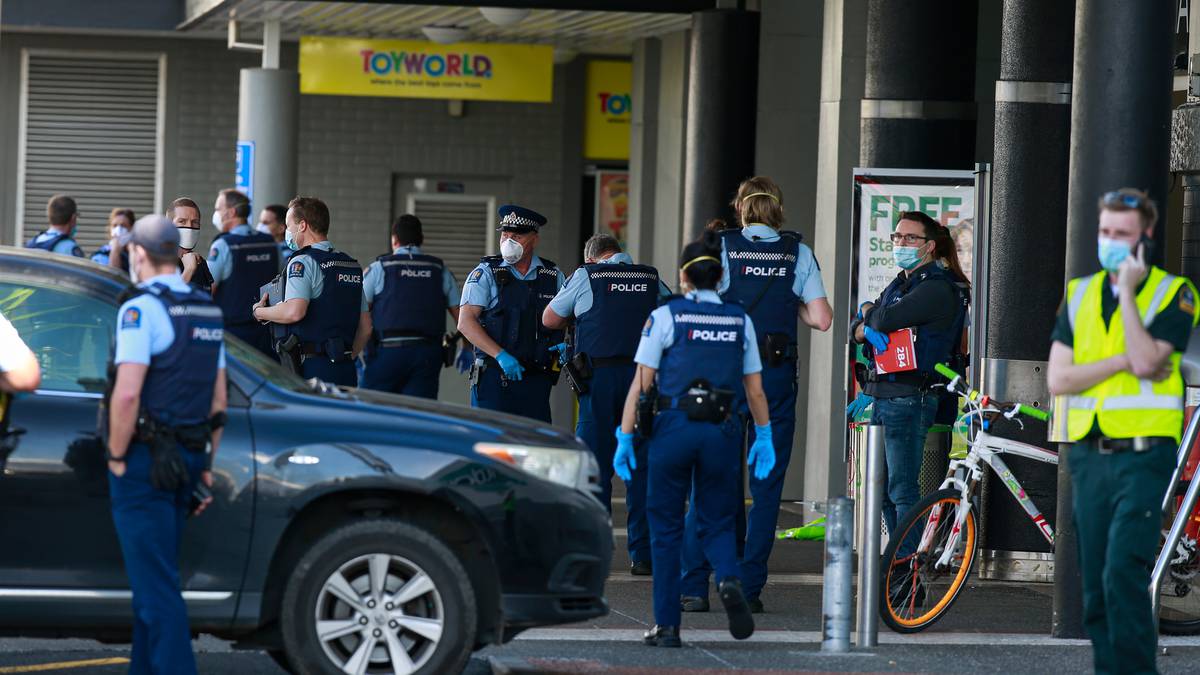New Zealand finds itself the focus of global attention due to an act of terrorism for the second time in almost as many years. The recent lone wolf attack at Countdown New Lynn was no surprise to authorities and those within the intelligence community who are only too aware of the risk posed by such individuals.
Following on from March 2019, the event in New Lynn is a stark reminder that we are not immune from the current global security situation involving random lone wolf acts of terrorism. We can’t change these individuals but what we can change is the environments they need to operate within.
Our greatest enemy is not the individual themselves but our own complacency. We need to realise that the world has changed, and such individuals have no respect for our way of life.
I’m often asked what the right way is to respond to a terrorist attack, including one such as occurred at New Lynn. My answer is always the same, there is no one response. The offender, the mode of attack, the environment, and your personal situation (whether you have children with you, are in a wheelchair, etc) will dictate what is the correct response.The only thing you should remain aware of is your aim, and this is to survive.
If you can escape the threat safely, then do so. If you can’t safely hide or escape, then you may need to respond to defend yourself or others.If the latter is your only option, then remember there are no rules, use whatever you can and do whatever you have to to ensure your safety and survival and that of those around you.
It is important that you understand the environment that you are in, take note of where the emergency exits are, access points to back of house or other safe areas. Escape should always be your preferred option.
If escape is not possible then identify what you can use to protect yourself. This will also depend on the type of attack you are facing. For example, a knife is a very personal weapon, it means the offender must get close to you to be a risk. In a supermarket you should look for anything that will allow you to maintain a safe distance from the offender, for example display stands, trolleys, counters, bread, and milk trays and large removeable signage are all things that could assist to keep the offender back. Other items that could be used to protect yourself or incapacitate the offender include tinned items, bottles and fire extinguishers.
The lone wolf attack is a desperate tactical progression for ISIS. On having been defeated militarily, ISIS and its hierarchy prey on vulnerable and easily manipulated individuals within the global community who become motivated by the group’s ideologies and propaganda.
Today, lone wolf attacks are seen as the more common form of ISIS motivated terrorism and by their mere nature, create several unique challenges for authorities with respect to intelligence collation and threat mitigation.
As was seen by the New Lynn incident, even with police officers immediately within the vicinity, it is impossible to prevent such a spontaneous, barbaric and ideologically motivated attack. The reasons for this are many but in essence relate to the covert nature of a one-person threat, and the challenges for authorities to firstly identify that threat.
Secondly, we live in a civilised society, where the police and other security and intelligence related agencies must understandably work within a strict and tight procedural framework. The downside to this is that the offender has no rules, no guidelines, and no constraints to abide by, all factors that ensure mitigating such risks will remain challenging.
Politicians, judiciary, and those outside of the counter-terrorism, intelligence and law enforcement arenas have little intimate appreciation of the actual threat, and what’s realistically required to mitigate such threats. The gap between how quickly a terrorist can become a threat and undertake an attack compared to how slow the associated judicial processes are conducted, needs to be rectified to ensure it is comparable.
The risk of lone wolf attacks continues to exist, both in New Zealand and globally.While we all hope such an incident will not happen again, reality dictates otherwise.
So how do we identify and mitigate an unknown risk in an environment that we would not normally expect an act of terrorism to be perpetrated?First, we must put everything into perspective. This is only the second ‘lone wolf’ incident to occur on NZ soil. It is true that reports have been made of acts that have been prevented by the authorities but as for actual incidents, this is the second thanks to the outstanding work of the NZ Police and intelligence agencies.
We as a country cannot rest on the fact that our seclusion will keep us safe. Location is not the threat, ideology is.
The world became familiar with the term “active shooter” primarily through the devastating mass shootings that occurred within the United States. As a result of the improvised methods adopted by many ISIS-inspired “lone wolfs” around the world, this term was replaced with that of “active threat” due to many attacks being conducted using alternatives other than firearms, methods that included explosives, vehicles and bladed weapons.
Post the Ariana Grande bombing in 2017, the term “behavioural detection” became commonplace with respect to “screening” processes conducted by security and law enforcement to identify threats within a given environment. The technique involves assessing how any individual interacts with not only their environment but also with those within it. Again, a simple process that can be employed by everyone, anything suspicious should be reported to the closest person in authority, whether it be a store employee, manager, security or police officer.
- Darren Morton is the owner of Executive Security Group. He is a former detective, member of the witness protection squad, Prime Ministers' protection officer and celebrity protection officer.
Source: Read Full Article

/cloudfront-ap-southeast-2.images.arcpublishing.com/nzme/QCKULBC7H76K7DLO3DAHOBIMKI.jpg)
/cloudfront-ap-southeast-2.images.arcpublishing.com/nzme/Q7MDWVG77APUPI42RTBGFA4JSQ.jpg)




